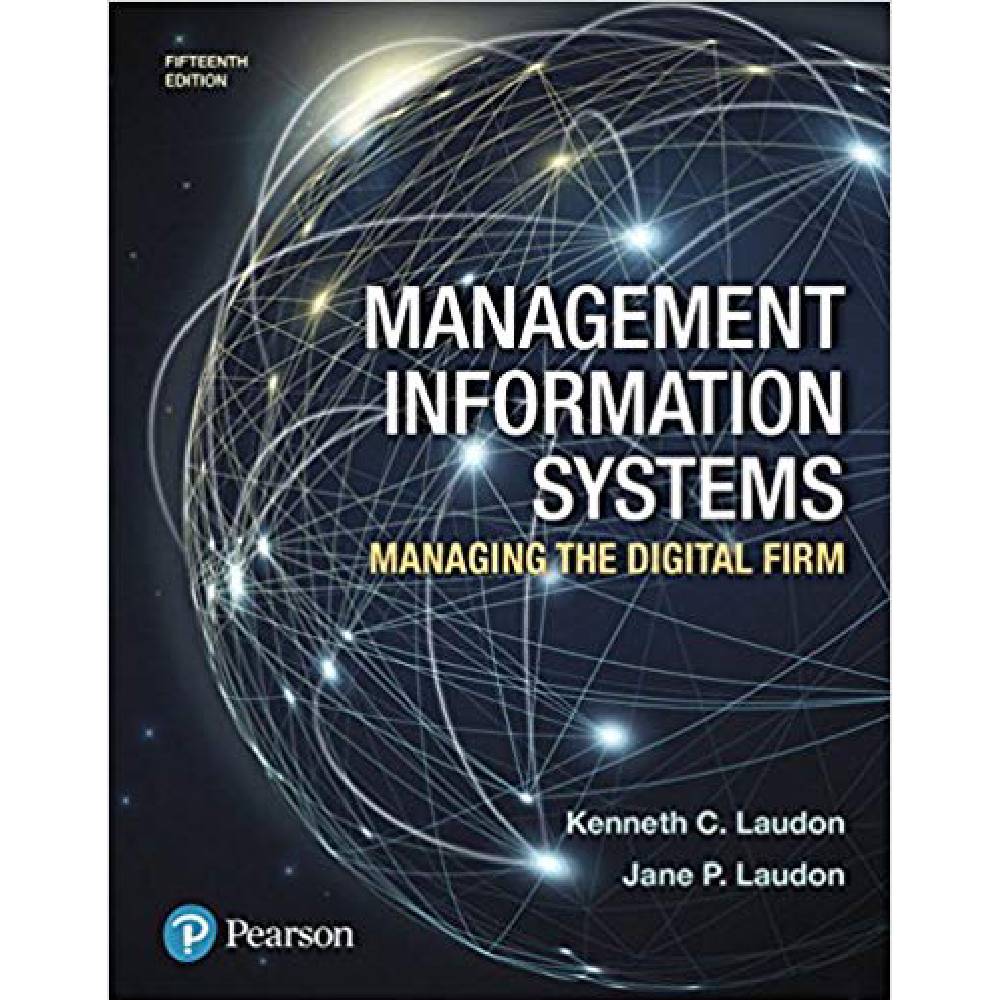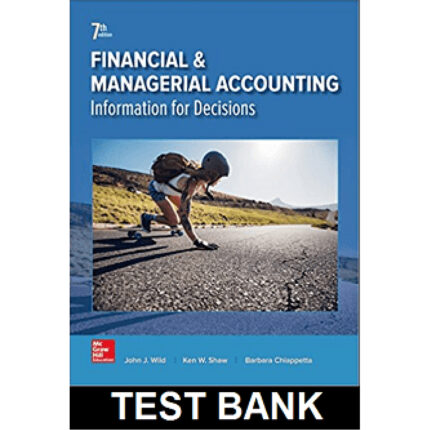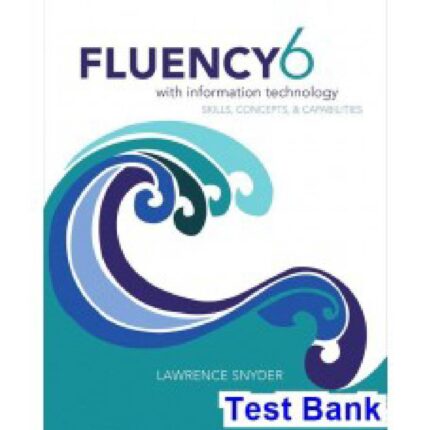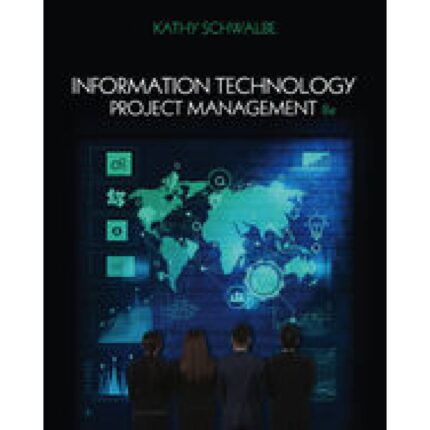Chapter 11 Managing Knowledge
1) Which of the following is the last step in the knowledge management value chain?
A) Feedback
B) Acquire
C) Disseminate
D) Store
E) Apply
Answer: E
Difficulty: Moderate
AACSB: Analytical thinking
LO: 11-1: What is the role of knowledge management and knowledge management programs in business?
2) About ________ percent of the United States GDP is produced by the knowledge and information sectors.
A) 15
B) 25
C) 55
D) 65
E) 85
Answer: C
Difficulty: Challenging
AACSB: Reflective thinking
LO: 11-1: What is the role of knowledge management and knowledge management programs in business?
3) Which of the following statements best describes the relationship between collaboration and knowledge management?
A) Collaboration is impossible without knowledge.
B) Knowledge is impossible without collaboration.
C) Knowledge is useful only when shared with others.
D) As knowledge improves, so does collaboration.
E) Knowledge is the result of collaboration.
Answer: C
Difficulty: Moderate
AACSB: Analytical thinking
LO: 11-1: What is the role of knowledge management and knowledge management programs in business?
4) The text defines ________ as the flow of events or transactions captured by an organization’s system.
A) information
B) data
C) wisdom
D) knowledge
E) experience
Answer: B
Difficulty: Easy
AACSB: Reflective thinking
LO: 11-1: What is the role of knowledge management and knowledge management programs in business?
5) The text defines ________ as expertise of organizational members that has not been formally documented.
A) wisdom
B) information
C) data
D) experience
E) tacit knowledge
Answer: E
Difficulty: Moderate
AACSB: Reflective thinking
LO: 11-1: What is the role of knowledge management and knowledge management programs in business?
6) Which of the following statements is not an accurate description of the importance of knowledge to a firm?
A) Knowledge experiences network effects as more people share it.
B) Knowledge should be seen as an intangible key asset.
C) Knowledge enables firms to become more efficient in their use of scarce resources.
D) Knowledge is unconditional.
E) Much of the firm’s value relies on being able to create knowledge.
Answer: D
Difficulty: Challenging
AACSB: Analytical thinking
LO: 11-1: What is the role of knowledge management and knowledge management programs in business?
7) What is meant by the statement “knowledge is sticky”?
A) Knowledge is hard to move.
B) Knowledge is universally applicable.
C) Knowledge works only in certain situations.
D) Knowledge is intangible.
E) Knowledge is difficult to replace.
Answer: A
Difficulty: Challenging
AACSB: Analytical thinking
LO: 11-1: What is the role of knowledge management and knowledge management programs in business?
8) Which of the following is not one of the main four dimensions of knowledge described in the chapter?
A) Knowledge is a firm asset.
B) Knowledge has different forms.
C) Knowledge has a location.
D) Knowledge is situational.
E) Knowledge is timeless.
Answer: E
Difficulty: Challenging
AACSB: Reflective thinking
LO: 11-1: What is the role of knowledge management and knowledge management programs in business?
9) Changing organizational behavior by sensing and responding to new experience and knowledge is called:
A) change management.
B) knowledge leveraging.
C) the knowledge value chain.
D) machine learning.
E) knowledge management.
Answer: D
Difficulty: Moderate
AACSB: Reflective thinking
LO: 11-1: What is the role of knowledge management and knowledge management programs in business?
10) What is the first value-adding step in the knowledge business value chain?
A) Acquire
B) Data and information acquisition
C) Store
D) Disseminate
E) Apply
Answer: B
Difficulty: Moderate
AACSB: Analytical thinking
LO: 11-1: What is the role of knowledge management and knowledge management programs in business?













Reviews
There are no reviews yet.